Months before Russia’s invasion of Ukraine, the Pentagon has made public the expansion of China’s nuclear arsenal. The U.S. said the Chinese’s development of strategic nuclear warheads will see the country possess 700 by 2027 and 1,000 by 2030. The report came less than 6 months after the U.S. said in June 2021 that China was building about 100 missile silos for ICBM.
By November, it was clear the U.S. got it wrong. The Chinese were not building 100 silos for intercontinental ballistic missiles that could reach America. They are building at least 300 of them. Of course, Beijing has denied that the facilities are missile silos. Unlike the Western powers and Russian, the Chinese do not have the habit of showing off its real capabilities.
And that’s a big problem for the United States. Nobody, not even the U.S., knows precisely how many nuclear weapons China possessed. In 2020, Pentagon estimated that Beijing had a total nuclear warhead stockpile below 200 (others said 350), and will double it in 10 years. The latest report means it will more than “triple” the weapon of mass destruction in just 5 years.
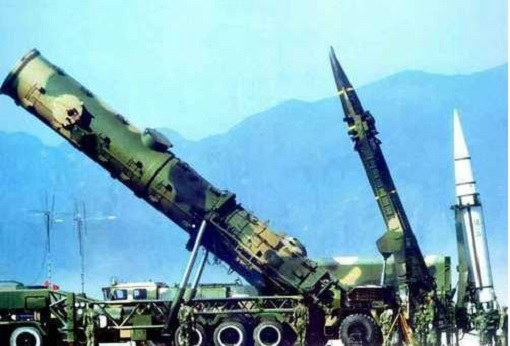
The Pentagon’s report could be inaccurate and bias as part of its psychological warfare to pressure Beijing. However, Washington should not be surprised even if it’s true that China could have 700 nuclear weapons (or more) by 2027. The U.S. and Russia have at least 10 times more, with estimated 3,800 and 4,500 warheads respectively. So, why can’t China have half of them?
Washington has suggested that the new silos, being built in a desert spread across more than 700-square-miles near the northwestern city of Yumen, Gansu Province, are for ICBM known as “Dongfeng 41” or DF-41. First unveiled in 2019 during the National Day parade, the DF-41 has an operational range of more than 14,000 kilometers and can carry about 10 independently nuclear warheads.
It means the DF-41 is the world’s longest range missile, surpassing the range of the U.S. LGM-30 Minuteman-III which has a reported range of 13,000 kilometres. In essence, the DF-41 (literally means “East Wind-41”), Chinese’ fourth-generation strategic nuclear weapon, could reach the U.S. in 30 minutes. With such speed and ability to throw 10 nuclear warheads to hit separate targets in the U.S., it’s indeed a nightmare.
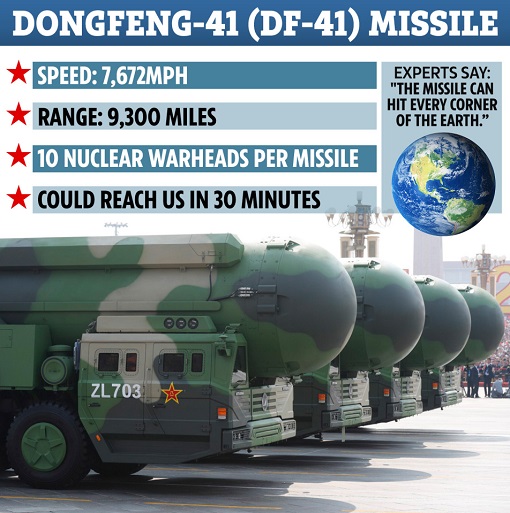
Two weeks ago, the Chinese government revealed that it is exploring options to launch ICBM from high-speed “missile trains”. The idea is to use a high-speed railway to carry intercontinental ballistic missiles (ICBM), keeping them constantly on the move to avoid enemy detection. The concept isn’t new, and was first mooted by the Soviet Union in the 1960s.
Compared to land-based systems such as silos or trucks, a rail-borne ICBM launch system has a higher likelihood of surviving the first wave of nuclear attack. Also, a train could carry as many missiles as a nuclear submarine. Coincidentally, China has a massive network of 37,000 kilometres of high-speed rail, where its trains travel up to 350-kph (kilometres per hour).
As early as December 2016, China was already testing a new rail-mobile version of its DF-41 ICBM (the same missile that could hit the U.S. in 30 minutes). It was based on the Soviet’s RT-23 (SS-24 “Scalpel”) rail-mobile solid-fuel ICBM. Also known as a “land nuclear submarine”, the RT-23 uses an ejection tube to boost the missile from the train car shortly before ignition of its engine.
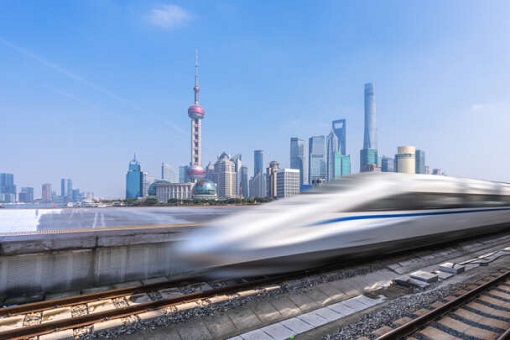
Since then, there have been reports that China has – secretly – started building heavy-duty rail for the system. The combination of high-speed mobility, missile trains disguised as civilian passenger trains, tunnel protection and secure reloading of missiles in addition to multiple warheads, makes the system extremely difficult to detect, regulate or verify by enemies.
And if the train could carry ICBM, it could certainly carry hypersonic glide vehicle (HGV). China is definitely speeding ahead to boost its nuclear weapons arsenal in the recent years. Beijing says it will continue to “modernize its nuclear arsenal for reliability and safety issues”, a polite way to say that China is crazily producing nuclear weapons – both in quantity and quality.
For the U.S. to raise alarms now and sees China’s nuclear expansion as a rising risk means the military superpower does not like a strong China. But Beijing has been a relatively minor player in the nuclear game for decades. The pragmatic Chinese has all along prioritized trade and commerce, leaving it to the U.S. and Russia to compete over who is the military superpower.
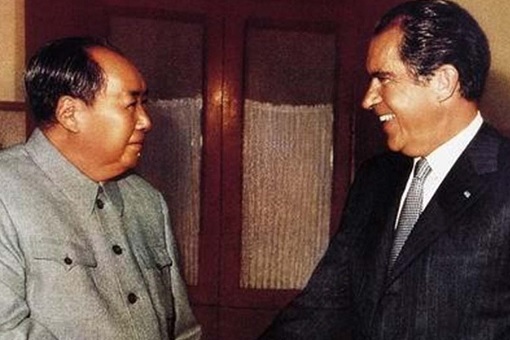
China first started with nuclear weapons after an atomic bomb test in 1964. Since then, it has been content with a relatively modest arsenal. It was part of this reason that President Richard Nixon flew to Beijing to meet with Mao Zedong in 1972. The purpose was to persuade and attract the Communist China into the U.S. orbit in a divide-and-rule strategy to counter the Soviet Union.
Unlike China’s policy of using its nuclear weapons to protect itself, the reverse is true about America. Former President Nixon admitted in an interview in 1985 that he had considered using atomic weapons on at least 4 occasions – to end the Vietnam War, the 1971 India-Pakistan war, Soviet’s intervention in the 1973 Arab-Israeli war and during Soviet-China border dispute.
For a president to threaten to use the WMD (weapon of mass destruction) in his short period of office from 1969 to 1973 speaks volumes about the U.S. aggression and determination to remain as the only policeman or superpower in the world. Mr Nixon told Time magazine that the bombing of Hiroshima has made the U.S. a “world power”. After tasting the power, it’s hard to let it go.
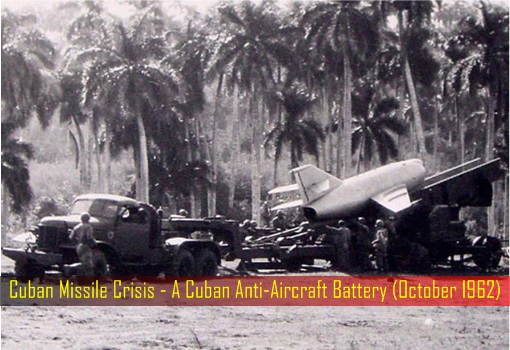
Nixon also said in the 1962 Cuban Missile Crisis, the Soviet blinked due to superior U.S. nuclear arsenal (which then triggered Soviet to build more nuclear weapons). He probably had saved China during Soviet-China border dispute when then-Secretary of State, Henry Kissinger, warned the Soviet that as soon as it fired its first missile against China, the U.S. will rain nuclear missiles at 130 Soviet cities.
However, Nixon helped China in 1969 not because he loved the Chinese. Instead, he saw the Soviet Union as his main threat, hence wanted the emergence of a strong China against Soviet. His administration was also worried about the effect of a nuclear war on 250,000 American soldiers in the Asia-Pacific. More importantly, Nixon wanted a revenge after Soviet refused a joint operation to attack China five years earlier.
After Mao Zedong decided to develop China’s first atom bomb in 1955, the U.S. has been spying on the nation. President John Kennedy raised concern in 1961 that a nuclear-powered China would swallow the Southeast Asia. Hence, the U.S. proposed in 1963 a plan (which Soviet refused to take part) to attack China’s nuclear installations before the atom bomb could be fully developed.
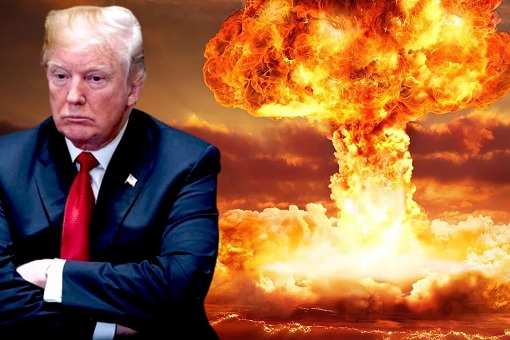
True, the U.S. had saved the world with its atomic bombs, but more often than not it did so to serve its own agenda. Harry Truman had considered a nuclear option during the Korean War (1950-1953). Dwight Eisenhower and John F Kennedy wanted to nuke China in 1958 and 1963 respectively. Even as recent as Trump administration, the U.S. still wanted to nuke China.
Beijing’s nuclear-strategy shift is a product of American decision to suppress and oppress the Chinese from becoming a superpower – either economically or militarily. It’s one thing to wake the dragon. It’s another thing altogether to poke the dragon and at the same time wanted the dragon to remain lame and won’t spit fire. Arguably, the major shift occurred during Trump administration.
As China slowly and surely becomes an economic powerhouse, the U.S. saw it as a threat that must be brought down to its knees by whatever means. President Donald Trump led one of the most radical changes in America’s stance toward China in decades, treating the country as a strategic competitor that requires aggressive – even punishment – response from the U.S.
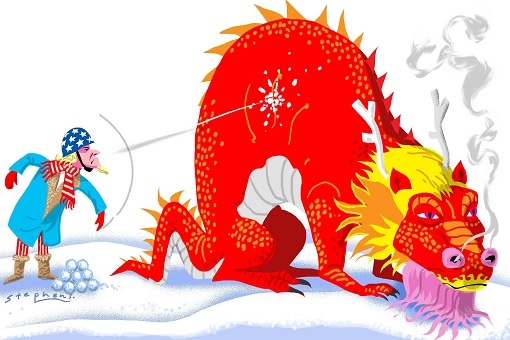
But the dragon fought back. It saw Washington’s attempt to stop its economic and political rise as something that was so dangerous it could destroy the country’s ruling Communist Party. Unlike the Bush administration, who gave China permanent trade status in 2001, Trump imposed tariffs on Chinese goods. Trump was willing to sacrifice 800 Americans just to kill 1,000 Chinese.
To crash and cripple China’s economy, the strategy (which so far has failed) was to destroy China as the centre of the global supply chain and to force multinational companies to quit China. The last straw that broke the camel’s back, however, was Taiwan, the small island which Beijing considers part of “One China”. Short of recognizing Taiwan as a country, the U.S. has done everything to provoke China.
From approving billions of dollars of arms sales to Taiwan to sending top U.S. officials to meet with Taiwanese colleagues, and from calling Xi Jinping a “thug” to forming AUKUS (a trilateral military alliance between Australia, the United Kingdom and the United States), it’s not hard to see how the U.S. will flex military muscle to break China after the failure of trade war.
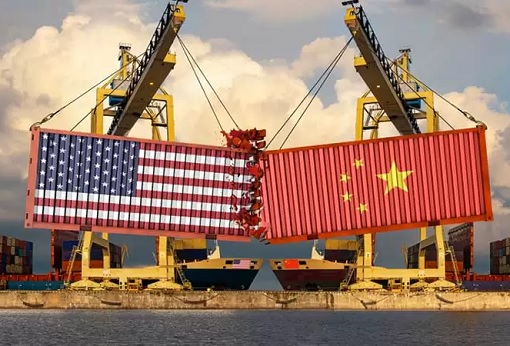
China is left with only one option to deter a potential nuclear strike from the U.S. – nuclear weapons, the more the merrier. If there’s one valuable lesson that Beijing has learned from the Ukraine War, it is that the American is not ready to take the risk of engaging MAD (mutual assured destruction) in a full-blown nuclear war. That’s why Putin publicly ordered his military to put nuclear forces on “special alert”.
A richer, stronger and more powerful China means a higher chance of a war between Beijing and Washington. And when the U.S. attacks, China must ensure it can withstand a first strike from the U.S. and penetrate U.S. missile defences with whatever Chinese nuclear weapons survive. To do that, obviously Beijing has to have more than the current 350 nuclear warheads.
As China expands its nuclear arsenal, the U.S.’ fear is not whether China will strike first the American soil. The fear is how to react if the Chinese drops some nuclear weapons in Asia – a U.S. military base in Japan, for example. China might not be mad enough to engage a mutual assured destruction like Vladimir Putin, but it certainly wants an option to fight a “limited nuclear war” with the U.S.
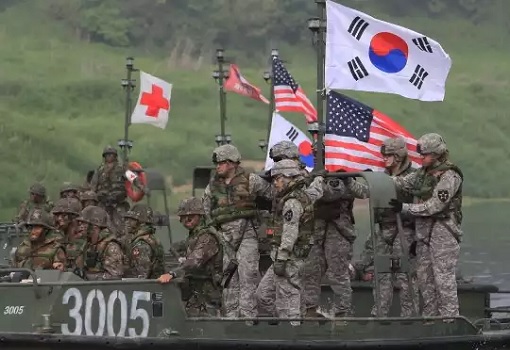
Therefore, China could increase its nuclear stockpile to above 2,000 to seriously discourage the U.S. from even thinking about a nuclear strike. The world’s Cold War nuclear nightmare did not die with the collapse of the Soviet Union in 1991. Instead, according to former Soviet leader Mikhail Gorbachev recently, the U.S. grew “arrogant and self-confident” after the Soviet’s collapse.
Unofficially, a new Cold War between the U.S. and China has already started during Trump administration. Joe Biden makes it worse by pressuring Beijing with QUAD and AUKUS. Trump’s former adviser Steve Bannon once said – “These two systems (U.S.’ democracy and China’s communism) are incompatible. One side is going to win. The other side is going to lose”.
It’s debatable whether China would claim its territory within the nine-dash line to justify the militarization of at least three islands in the South China Sea had there been no U.S. military bases or presences in its backyard – South Korea, Japan, Philippines and to a certain extent Singapore and Thailand. But one thing is for sure – China has learned its lesson and will not be invaded or colonized again.
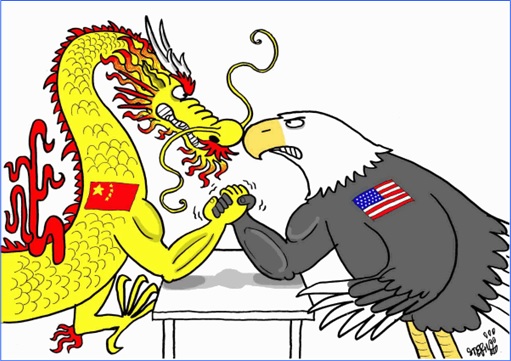
Other Articles That May Interest You …
- Pay Gas In Ruble Or Else – Europe In Serious Trouble As Putin Retaliates Against Western Sanctions
- Is U.S. Really That Powerful? – Zelensky Frustration Grows Over Biden Foot-Dragging In Helping Ukraine
- Bypassing US Dollar – India And Saudi Arabia To Turn To Chinese Yuan In Trades With Russia & China
- Russian Sanctions Could Backfire On The US Dollar – Why It’s Worthwhile To Diversify To Chinese Renminbi
- From Wheat To Oil & Gas – How Russia Invasion Of Ukraine Affects Europe’s Food Supply, And Even Your Loaf Of Bread
- U.S. Unlikely To Start A War With Russia Or China – But The Bluffing Game Has Driven Them To Unite Against The U.S.
- President Xi Warns China Will Never Be Bullied – The U.S. Not Impressed China Is Building 120 Nuclear Missile Silos
- China Creates Digital Currency – Here’s Why It’s A Big Deal To The World’s Economy, And A Big Problem For The U.S.
- Economic Destabilization – How China Prepares For American & Japanese Military Interference In Taiwan Conflict
- Xi Jinping Says “No Force Can Stop The Chinese”, Shows Nuclear Missiles Which Can Hit The U.S. In 30-Minutes

|
|
April 15th, 2022 by financetwitter
|


|

|

|

|

|

|




























” Canada finance minister walks out of G20 meeting to protest Russia’s participation” – Thursday, 21 Apr 2022 1:11 AM MYT
========
Do the rest of the citizens of Planet Earth care, if Canada stays or walks out of G20? ……….. What? ……… They don’t !………..Okay.
End.